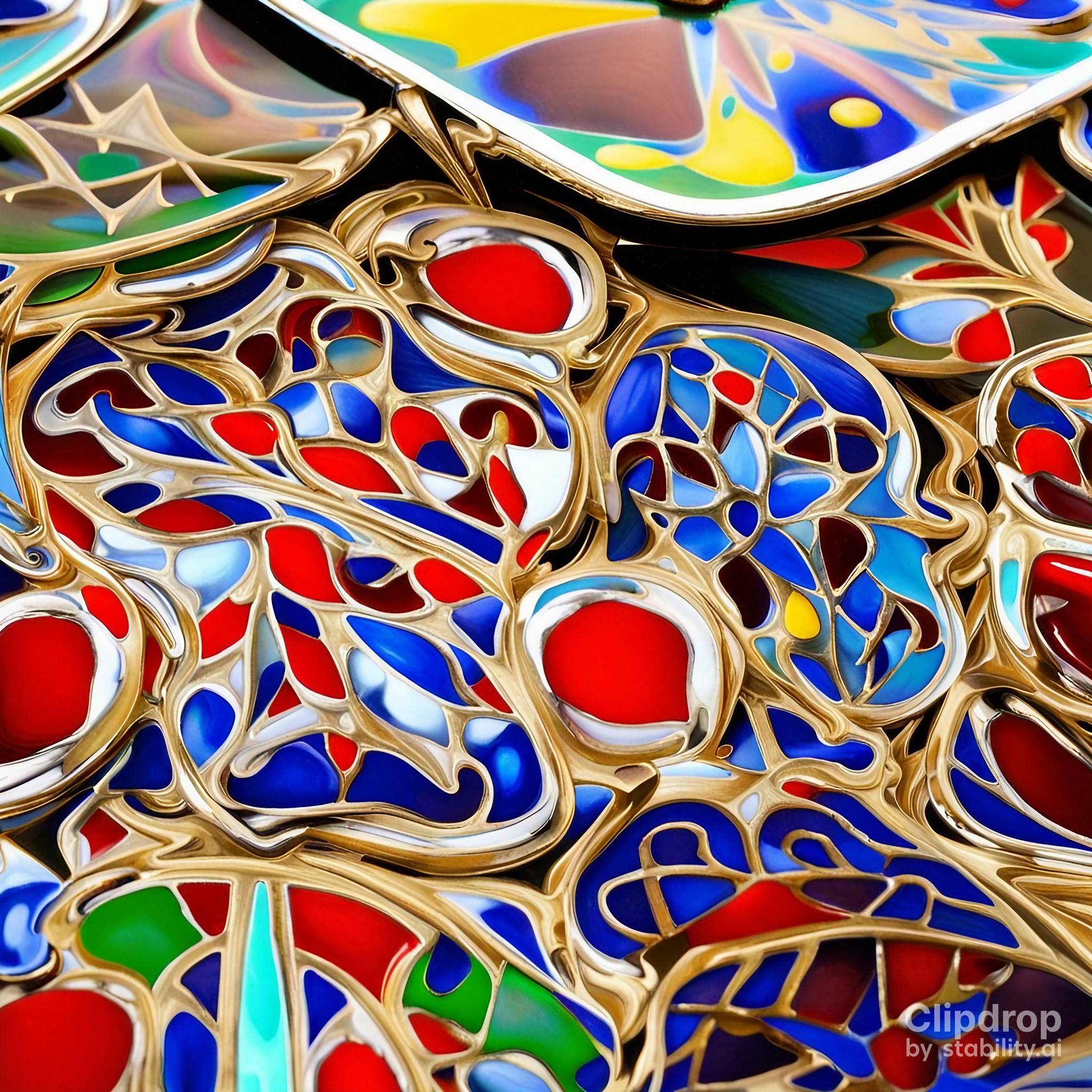from glass to metal: exploring different surfaces for enamel work
Welcome to the fascinating world of enamel art! Enamel is a technique that involves the application of a coat of vitreous enamel, a powdered glass material, onto a metal or glass surface. This art form dates back centuries and has been used to create stunning jewelry, decorative objects, and works of art. In this article, we will explore the different surfaces, namely glass and sheet metal, that can be used for enamel work.
What is Enamel?
Introduction to the art of enameling
Enameling is a technique that involves the fusion of powdered glass, known as enamel, to a surface using heat. It is a highly versatile art form that allows artists to create intricate designs and vibrant colors on various surfaces. Enamel can be applied to glass, metal, or even ceramics to achieve different effects.
Enamel technique and its history
The technique of enameling involves applying layers of enamel powder onto a prepared surface, which is then heated in a kiln to melt and fuse the glass. This process creates a durable and colorful coating that is resistant to fading and corrosion. The history of enamel art can be traced back to ancient civilizations such as Egypt and China, where it was used to create jewelry and decorative objects.
Kathryn Osgood: A pioneer in enamel art
Kathryn Osgood, a renowned enamelist, has been instrumental in popularizing enamel art and pushing the boundaries of the medium. Her innovative techniques and use of vibrant colors have inspired many artists to explore the possibilities of enamel as an art form.
Enamel on Glass
How to apply enamel onto glass surfaces
Enamel can be applied to glass surfaces through a process called painted enamel. The glass is first cleaned and prepared, and then a base coat of enamel is applied. Once dried, additional layers of enamel powder mixed with liquid enamels are added to create depth and color. The piece is then fired in a kiln to melt and fuse the enamel onto the glass.
Transparent enamel for a unique visual effect
Transparent enamel is a popular choice for creating a unique visual effect on glass. When it is fired in a kiln, the transparent enamel becomes translucent, allowing light to pass through and giving the artwork a beautiful glow. This technique is often used in creating stained glass windows, where different colors of transparent enamel are used to create intricate designs.
Fusing glass and enamel together
Fusing glass and enamel together can result in stunning artistic creations. One technique is to fuse glass and enamel powders together to create a marble-like effect. The powdered glass is sifted onto the glass surface and then heated in a kiln, causing the glass and enamel to melt and fuse together. This technique allows for endless possibilities in terms of color combinations and patterns.
Enamel on Sheet Metal
The process of enameling sheet metal
Enameling on sheet metal involves a similar process as enameling on glass. The metal surface is cleaned and prepared, and a base coat of enamel is applied. Additional layers of enamel powder are then added, and the piece is fired in a kiln to fuse the enamel onto the metal surface. This process creates a durable and vibrant coating that is both visually appealing and resistant to wear.
Using foil to create intricate enamel designs
Foil can be used in enameling to create intricate designs and patterns. The foil is placed on the metal surface before the enamel powder is applied, creating a barrier between the enamel and the metal. This allows for precise control over the placement of the enamel and enables artists to create detailed and delicate designs.
Opaque enamel for a bold and vibrant look
Opaque enamel is a popular choice for creating a bold and vibrant look on sheet metal. Unlike transparent enamel, which allows light to pass through, opaque enamel provides a solid and opaque color. This creates a visually striking contrast between the metal surface and the enamel, resulting in a bold and eye-catching piece of art.
From Glass to Metal: Exploring Different Surfaces
Comparing enamel on glass and enamel on sheet metal
Enamel on glass and enamel on sheet metal offer different aesthetic qualities and possibilities for artistic expression. Enamel on glass has a translucent quality, allowing light to pass through and giving the artwork a unique glow. Enamel on sheet metal, on the other hand, creates a bold and vibrant look with its opaque colors. Both surfaces offer artists the opportunity to create stunning pieces that showcase the beauty and versatility of enamel as an art medium.
The versatility of enamel as an art medium
Enamel is a highly versatile art medium that can be used on various surfaces, including glass, metal, and ceramics. Its ability to create vibrant colors, intricate designs, and durable coatings makes it a popular choice among artists. Enamel can be used to create jewelry, decorative objects, and even large-scale installations. The possibilities are endless, and artists are constantly pushing the boundaries of enamel art.
The historical roots of enamel art
Enamel art has a rich history that dates back centuries. Ancient civilizations such as the Egyptians, Chinese, and Greeks were known for their exquisite enamel work. Techniques like cloisonné and champlevé enameling were developed during these times and are still practiced by artists today. By exploring the historical roots of enamel art, artists can gain a deeper understanding of the medium and draw inspiration from the masterpieces of the past.
Note: This is just a sample outline. The actual article should contain the relevant content under each heading.
